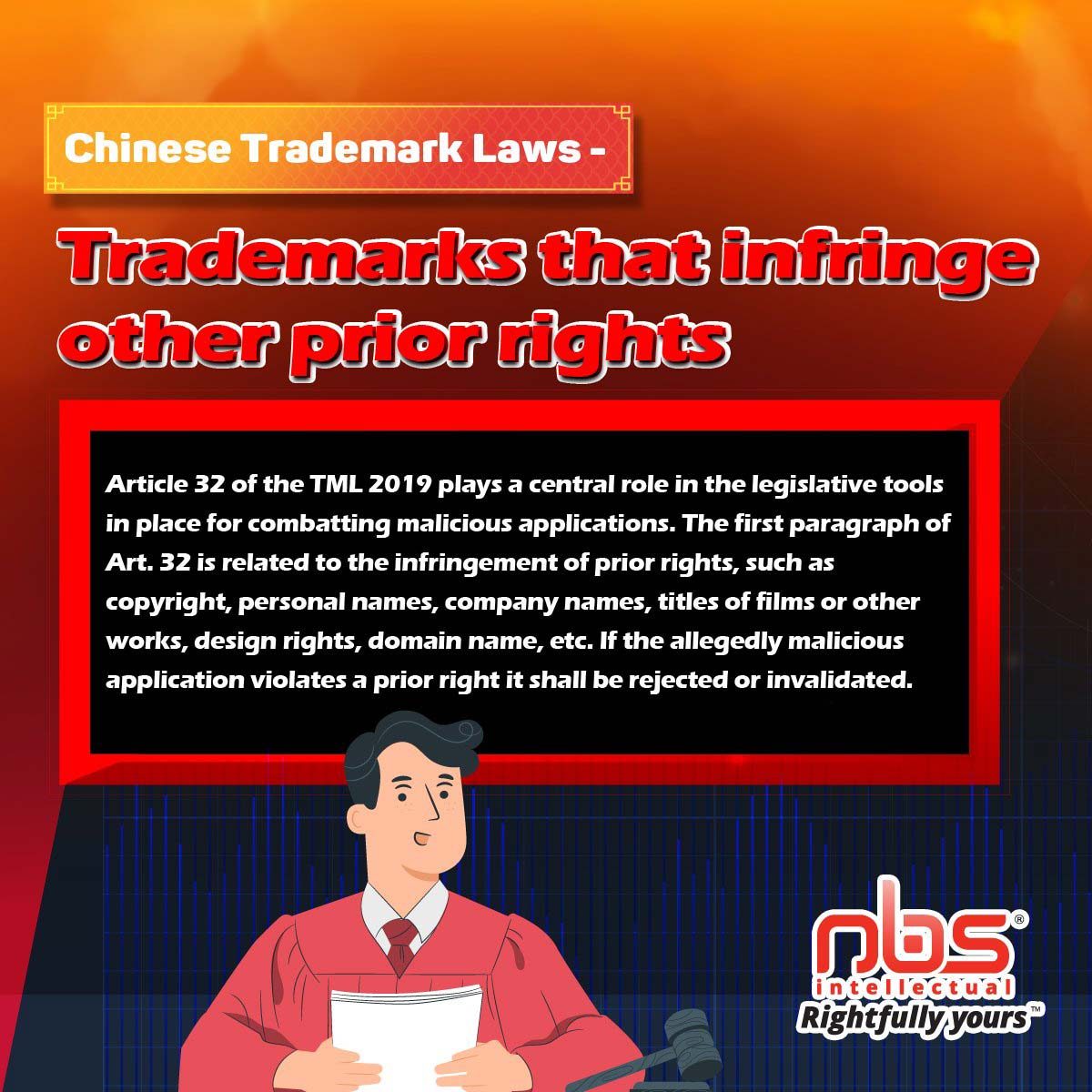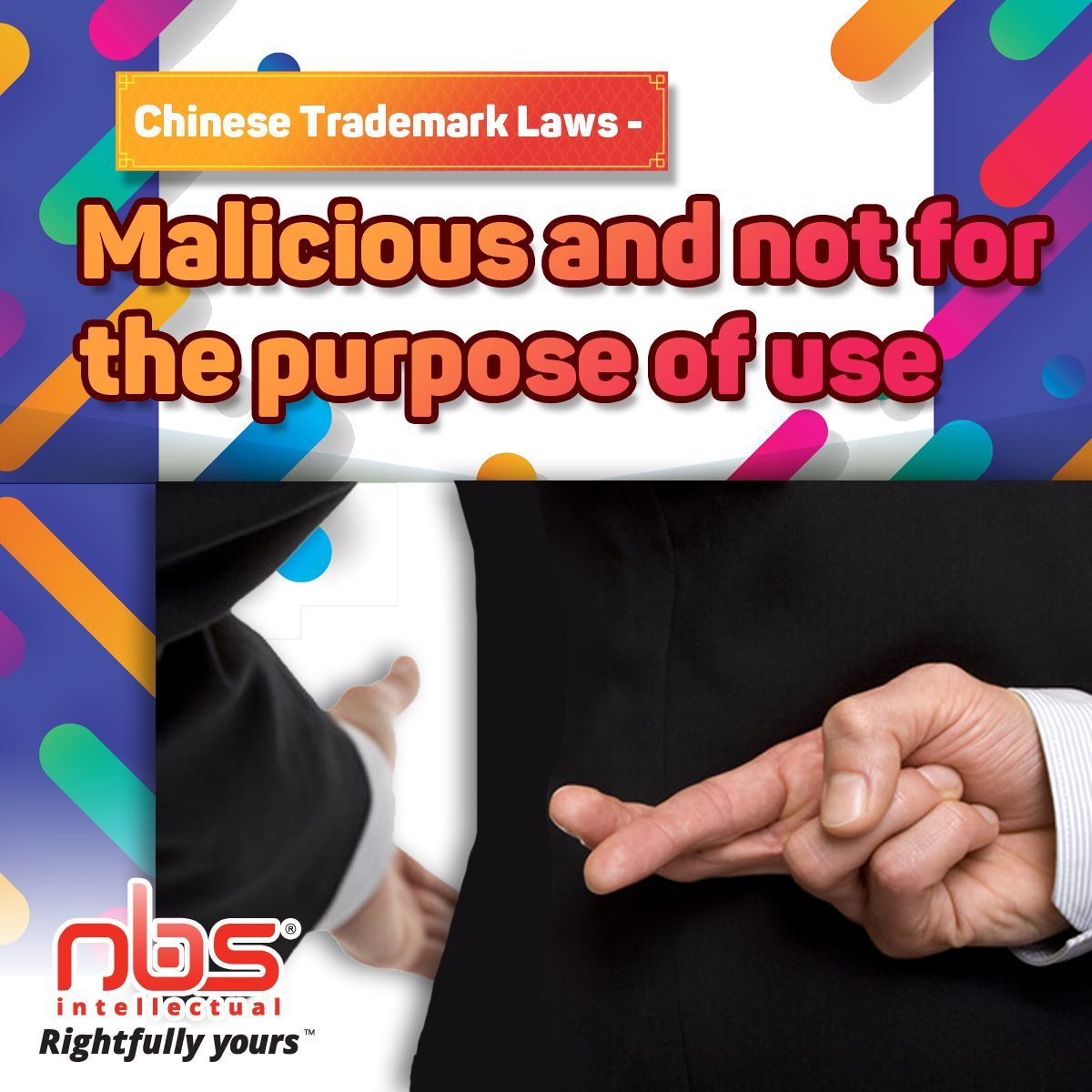Prior copyright is an important weapon to shoot down malicious trademarks. In the litigation initiated by “Ritz-Carlton”, a famous hotel brand, against trademark No. 1962902, the court supported the claim by Ritz-Carlton that it enjoyed the prior copyright of Lion Head graphics [(2010
Month: May 2020 (page 1 of 6)
Article 32 of the TML 2019 plays a central role in the legislative tools in place for combatting malicious applications. The first paragraph of Art. 32 is related to the infringement of prior rights, such as copyright, personal names, company names, titles of films or other works, design rights, domain
Art. 13 of the Trademark Law foresees different rights according to whether or not the well-known trademark is registered in the class in which it is well-known.
If it is not registered in the class in which it is well-known, the trademark shall be protected anyway. This rule in Art. 13.1 is probably
Article 7 stipulates that a mark shall not be filed and used in bad faith. In the case WANG Suiyong v Ellassay Co., the former sued the latter for the infringement of the trademark “歌力思” No. 7925873 in Class 18. Ellassay is the owner of the trademark “ellassay” in Classes
Bad faith is certainly one of the most debated topics in reference to trademarks in China. Today we are going to discuss on Article 4 (Malicious and not for the purpose of use) of the Chinese Trademark Law (TML) after the recent change in November 2019.
In a recent decision in relation to a rejection










